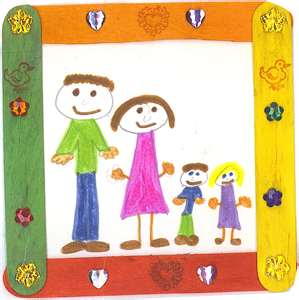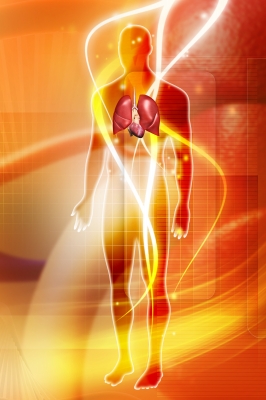
We are aware that a family unit provides the early conditioning of a person’s personality. How we behave and what we become later in life is deeply connected to our family life. Psychologist like Erik Erikson talks about the psychosocial development in 8 stages through which a healthily developing human should pass from infancy to late adulthood. Each stage builds a successful completion of earlier stages.
In the Vedic tradition, the first 14 years of a child’s life is crucial in his or her development. Till the age of seven, a child is like a sponge. Anything that the child is exposed to, the child absorbs. His/her mind and body grows at an amazing rate. In this phase, the child is in the visualization phase. Whatever the child sees is imprinted and embedded into his or her unconscious. The embedded memories start replaying as the child grows into an adult. These embedded memories drive many of the adult decisions. Between the age of eight and 14, the growing child is in the verbalization mode. The child starts learning languages and verbal imprints, not merely visual images, start getting embedded. Using words like happiness, suffering, etc., instantly evoke appropriate pictures and therefore emotions. During this entire period, the child is controlled by its parents or parent substitutes like grandparents or nannies. Most of what is embedded in their unconscious comes from the elders close to them. Hence the parents from which a soul takes birth from play a major role in a child’s upbringing. Fundamentally, as parents we have a huge responsibility in creating a loving and stable family for our children so that it brings less suffering and depression to them.
Read more →


